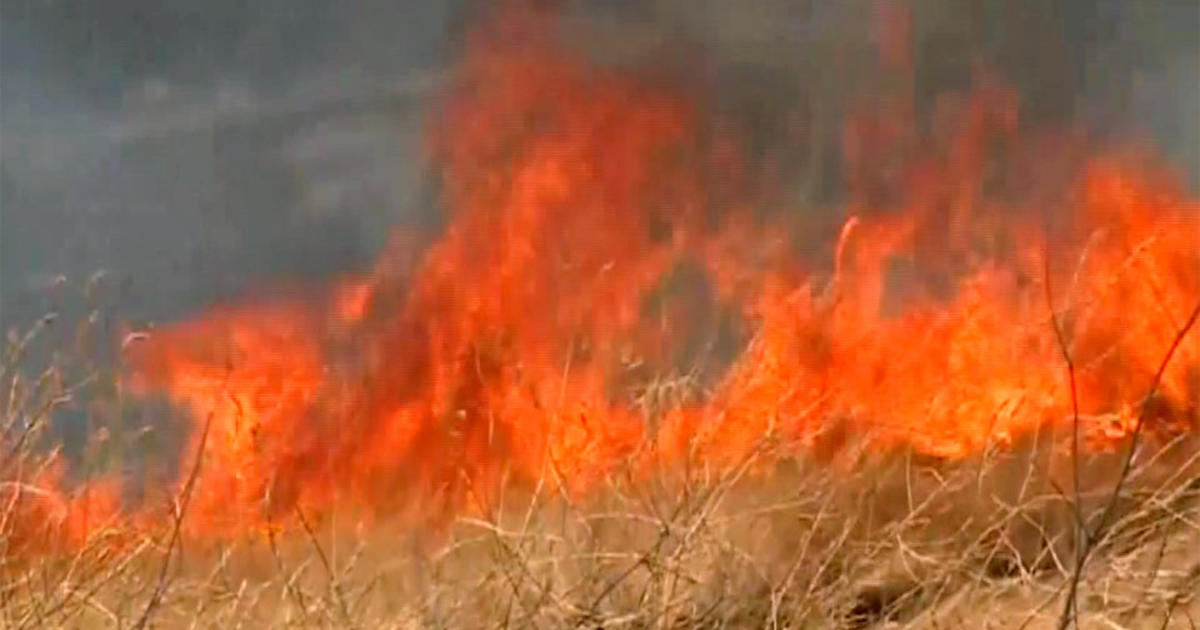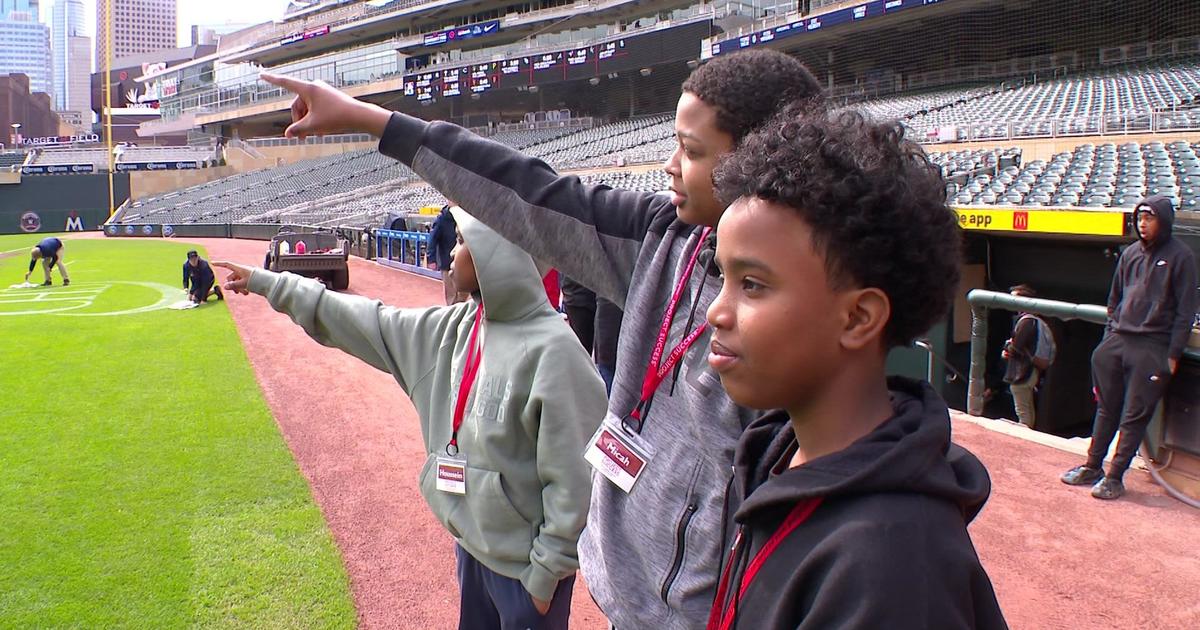Good Question: Are Storm Chasers Making Us Safer?
MINNEAPOLIS (WCCO) - Every time there is the threat of a tornado, hundreds of storm chasers take their cameras and drive towards the danger. On Friday, three of the most respected chasers died during a tornado outbreak in Oklahoma.
Meteorologist Tim Samaras, his son Paul and their friend Carl Young were killed when their car got caught up in the twister.
No storm chaser has ever died before, but these deaths have some people questioning the value of chasing tornadoes. The people who do it say they risk their lives to better understand tornadoes.
Doug Kiesling of stormchasingvideo.com has been chasing weather since 1987. His SUV is hooked up with gear that allows him to transmit live HD video straight to the National Weather Service.
"We've been able to show them 'Yes there's a tornado on the ground. Yes, there is rotation on the ground," Kiesling said.
He sells his video to news organizations and gives it away to the National Weather Service for training weather spotters. There is no professional association or licensing to chase. Kiesling estimates only 10-15 percent of storm chasers actually know what they're doing.
"Unfortunately, you have a lot of people who see what we're doing, and going, 'That's cool, we're gonna go do that," he said.
Kiesling knew the Samarases and Carl Young. He said they were among the safest chasers around. Tim Samaras' scientific research was well-respected and he was a sought-after speaker at weather and emergency management conferences. He had been scheduled to speak at an emergency management conference in Minnesota later this year.
Todd Krause, warning coordinator meteorologist for the National Weather Service, believes storm chasers have saved lives.
"I really do. There's absolutely no doubt in my mind," he said. "There's no doubt when we get reports of tornadoes on the ground, people take shelter more quickly."
Krause says there are three main ways storm chasers help the National Weather Service. The first is research. Since 1987, meteorologists have been able to increase their average warning time from four minutes to 14 minutes.
"Even within a few miles near tornadoes, things are radically different," he said. "You do need to have those measurements close to the tornado."
Second, Krause uses video from storm chasers to train his weather spotters.
"It's amazing the number of people who don't know what a wall cloud is," he said.
Third, and most immediately important, storm chasers can tell the National Weather Service in real time about tornadoes that are forming or already on the ground.
"Radar is great, but radar is still just a machine," he said. "You have to have people out there watching the storm to tell us what's really going on."
Storm chasing won't go away with these rare deaths, but they hope it will keep away some of those inexperienced people.
As for the research, the National Weather Service says 20 years ago, scientists hardly knew anything about tornadoes. But they now know a lot more.



